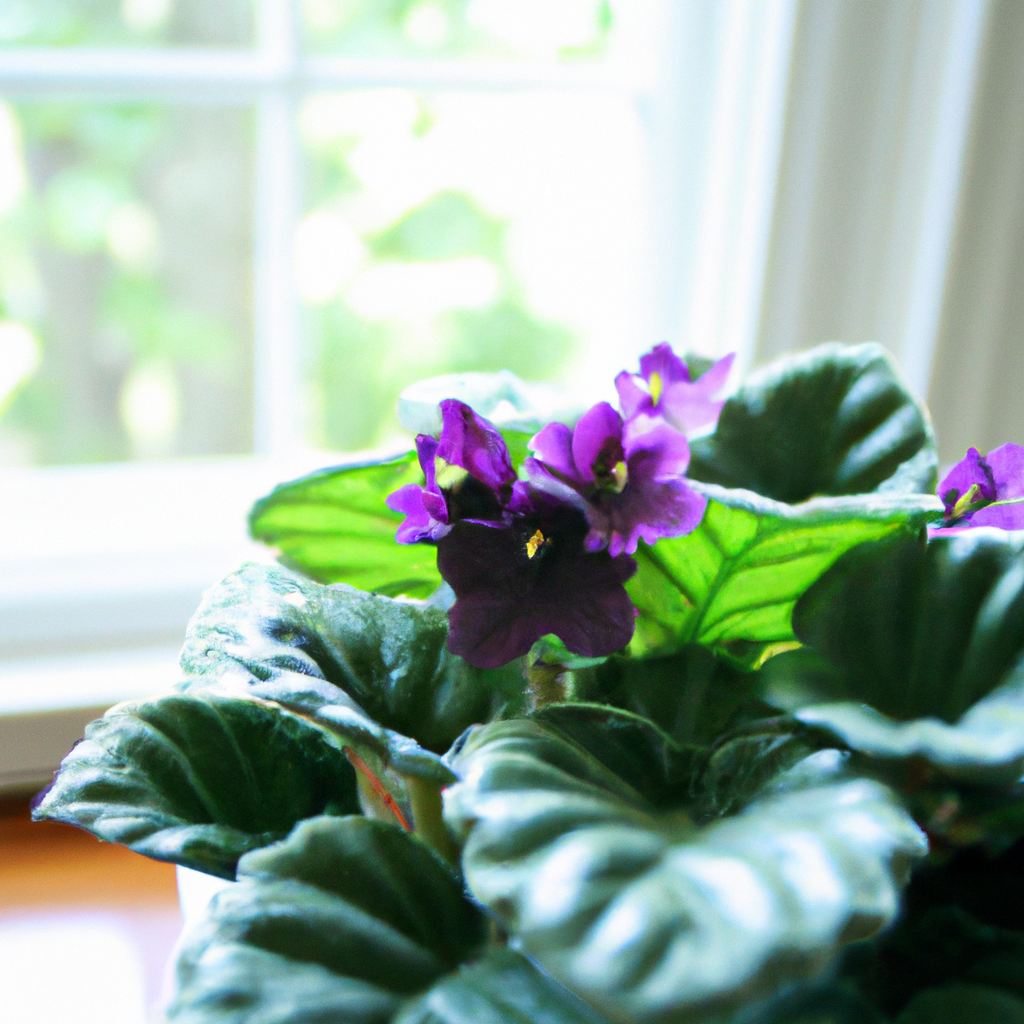The Alluring African Violet: A Comprehensive Guide to Proper Care
Nothing quite compares to the beauty and delicate charm of an African Violet houseplant. With its exquisite purple blooms and flamboyant foliage, this vivacious little plant never fails to add a splash of color and personality to any home. Indeed, these unique plants have been around for centuries, having been first discovered in Eastern Africa in the late 1800s.
However, with great beauty comes great responsibility. Caring for an African Violet houseplant is no easy feat and requires knowledge and dedication on the part of the owner. To ensure that your African Violet remains healthy and thriving, here are a few tips to keep in mind.
Proper Watering Practices
The most important factor when it comes to caring for an African Violet houseplant is providing it with proper hydration. African Violets are extremely sensitive to water, and very easily overwhelmed by too much or too little H2O. As such, it is essential that you remain mindful of your plant’s water needs at all times.
When watering an African Violet, do not simply give it a thorough soaking once a week. Instead, water the soil directly until it is slightly damp, using room temperature water and avoiding wetting any of the leaves or flowers. It may be helpful to invest in a small spray bottle so that you can mist the leaves and ensure even coverage without over-saturating your plant. Additionally, always opt for filtered water over tap water, which can contain harsh chemicals that are harmful to your plant’s delicate roots.
Light Requirements
In order for your African Violet to bloom at its fullest potential, it needs to be exposed to just the right amount of light. Generally speaking, an East-facing window is the best spot in the home since this is the warmest area of natural sunlight. If you do not have an East-facing window available, try placing your African Violet near a South-facing window and supplementing with an artificial grow light to get the correct level of light exposure.
Keep in mind that direct sunlight is not ideal for your African Violet and can actually be quite damaging if it is not filtered or blocked off accordingly. If you do need to place your plant in direct sunlight, make sure to keep a close eye on it as it can easily become sunburned if left too long. Additionally, try to provide about 12 hours of darkness each night so that your plant can properly rest and regenerate.
Humidity Considerations
It’s no secret that African Violets love humidity—after all, they are native to tropical regions of Africa! If you find that your plant is wilting more than usual or has begun to shed some of its petals, it might be due to low humidity in your home. To increase the humidity around your plant, consider using a humidifier or misting the leaves with a spray bottle a few times per week. You can also place your African Violet on top of a shallow tray filled with water and pebbles for added moisture and a decorative touch!
Fertilizer & Soil
In addition to providing adequate hydration and humidity levels, it is important to ensure you are using the proper soil and fertilizer for your African Violet houseplant. Most experts suggest using a combination of soil specifically designed for African Violets (which can be found in most garden centers) along with a balanced fertilizer on a weekly basis. The fertilizer should contain equal parts nitrogen, phosphorus, and potassium, as this will provide the optimal level of nutrients for your plant’s growth and development.
Pruning & Re-Potting
Eventually, your African Violet will outgrow its original pot and will need to be re-potted into a larger vessel. Additionally, pruning is very important as it helps promote new growth and keeps your plant looking vibrant and full of life. Try pruning your African Violet once it reaches approximately 6” in height and re-potting every two or three years for best results.
Conclusion
Caring for an African Violet houseplant certainly requires a lot of thoughtfulness and dedication on the part of the owner; however, with proper care and attention, this beautiful species of plant can live for many years and bring joy to your home for many seasons. For more advice on indoor plant care, be sure to check out Cyclamen
